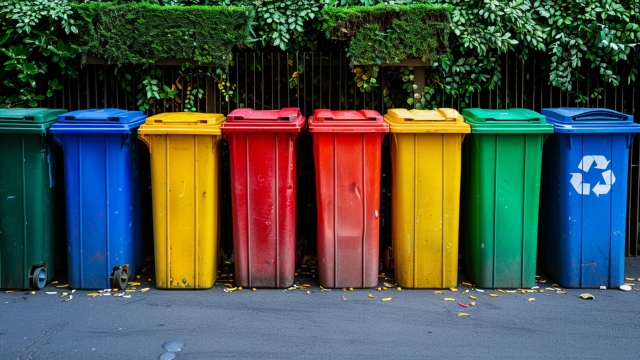私が住んでいる新屋勝平地区は、雄物川河口の右岸にあたり、市街区域ではないのですが海岸線を有しています。雄物川右岸から続く海岸線は、小中学校の頃になべっこ遠足に行ったり海岸まで探検したりと、勝平地区の人には馴染みのある場所です。
その浜辺(参加した人は勝平浜、と呼んでいましたが呼称です)のクリーンナップが行われるということで参加してきました。今年度は、まだクマが出るかもしれないということで、一般参加者を募ったわけではなく、新屋勝平地区振興会で各町内会や団体から指名された方が数名ずつ参加して行いました。それでも30人以上は集まり1時間で約100袋程度のゴミが集まりました。
開始前に何度も爆竹を鳴らしてクマ対策としました。勝平地区に入り込んだ体長40センチのクマはまだ見つかっていませんが、新たに入り込む可能性も考えられますので野外のイベントは注意や対策が必要です。
ゴミを拾って感じたのは、海岸は風が強いためか、海に近いところに多かったゴミは栄養ドリンクに使われる褐色の小型の瓶でした。ラベルは紙なので、どのメーカーが一番多いかわかりませんでしたが(フタが付いていたのでよく観察するとわかるかもしれません)、ガラス製なので集めると袋がかなり重くなりました。ペットボトルもかなりありましたし、やはり紫外線と潮風でも風化・劣化しない強い物質のものが海岸に残されていた、という感じでした。
その後、秋田駅東口にある秋田市拠点センターALVEの1階きらめき広場で行われたあきた国際フェスティバルに参加してきました。
独立行政法人国際協力機構(JICA)ブースや、秋田ユネスコ協会、青年海外協力隊秋田県OB会、バニヤンツリーなどの関係者がたくさんいるブースがたくさんあり、なんというか、年に1回行われる同窓会みたいで楽しかったです。
20年前くらいと比べて秋田にも多様な在住外国人が存在するようになってきたなと思いました。秋田はインバウンド人口も東北最下位、在留外国人数は全国最下位です。住みにくいのか魅力がないのか職場や受けいれ大学が少ないのか原因は不明ですが、良く言えば伸び代しかない!のだと思います笑
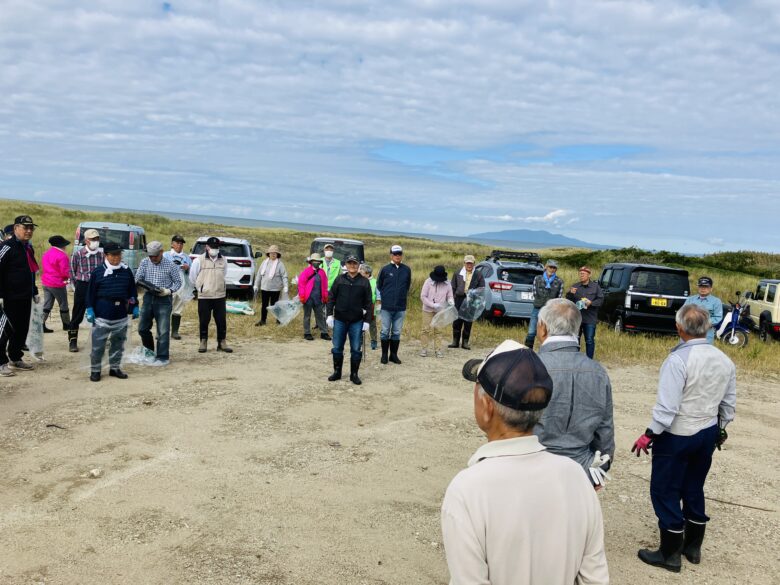
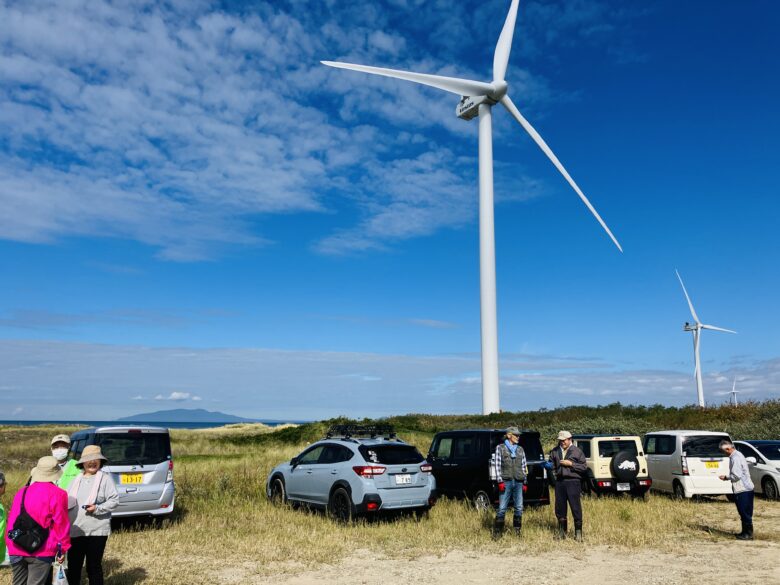
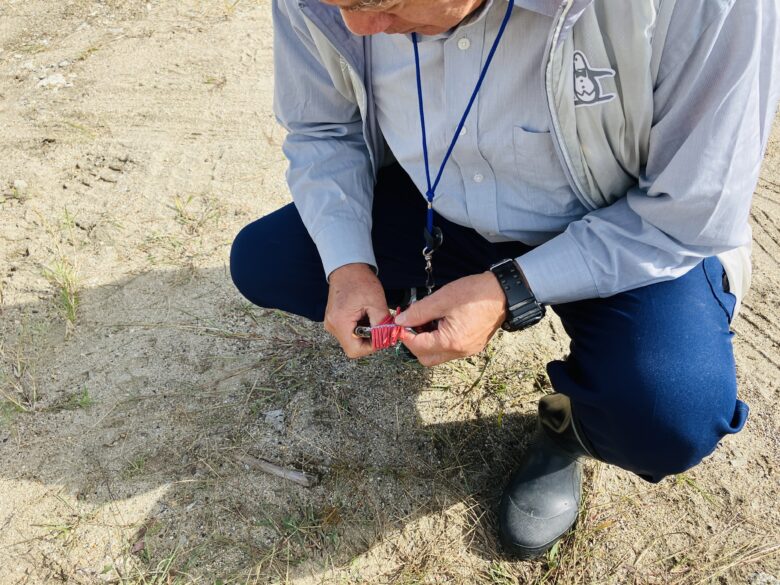
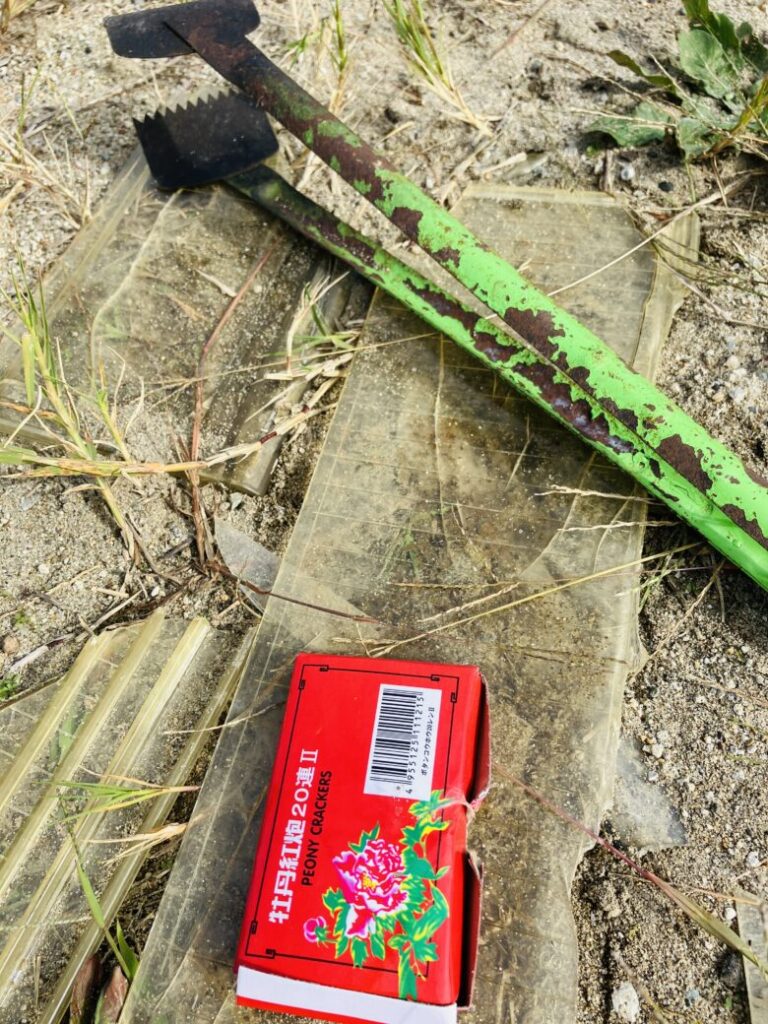

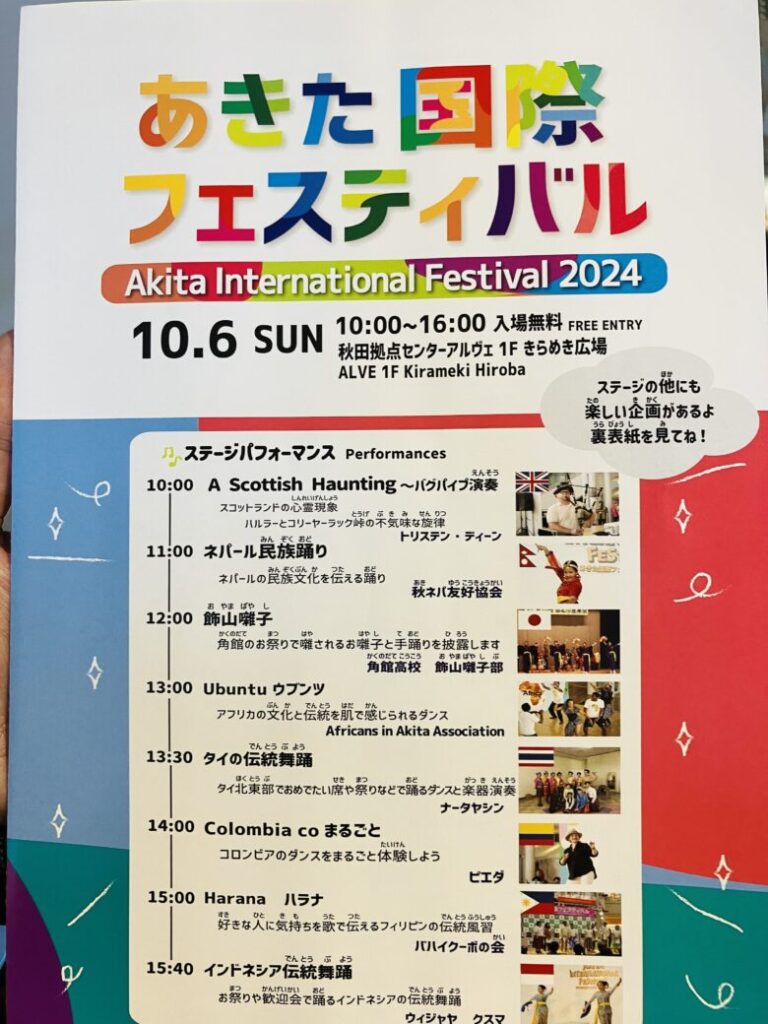
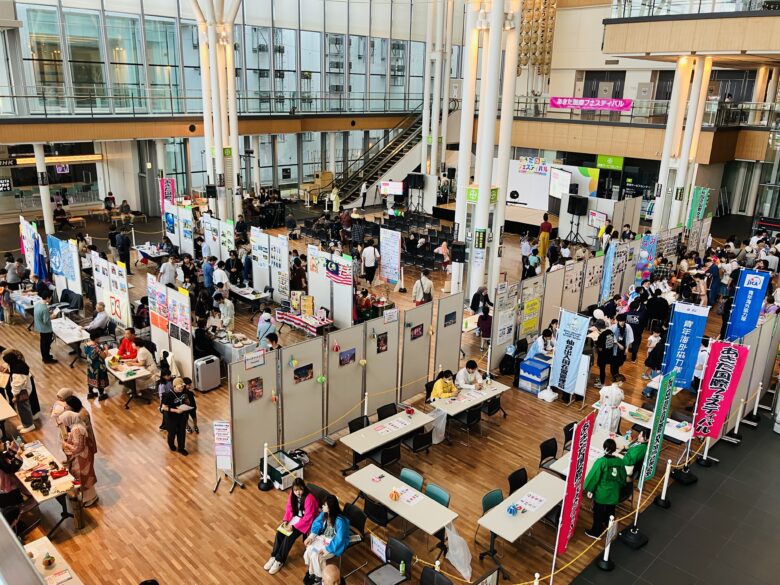
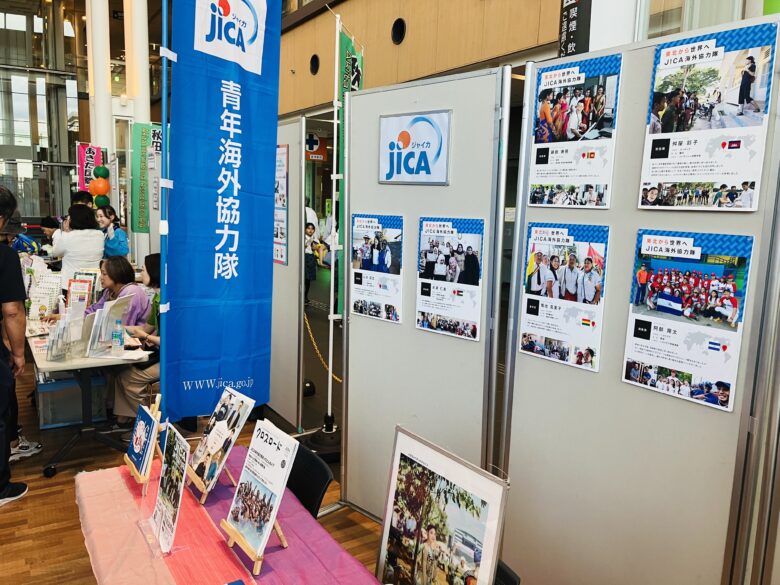
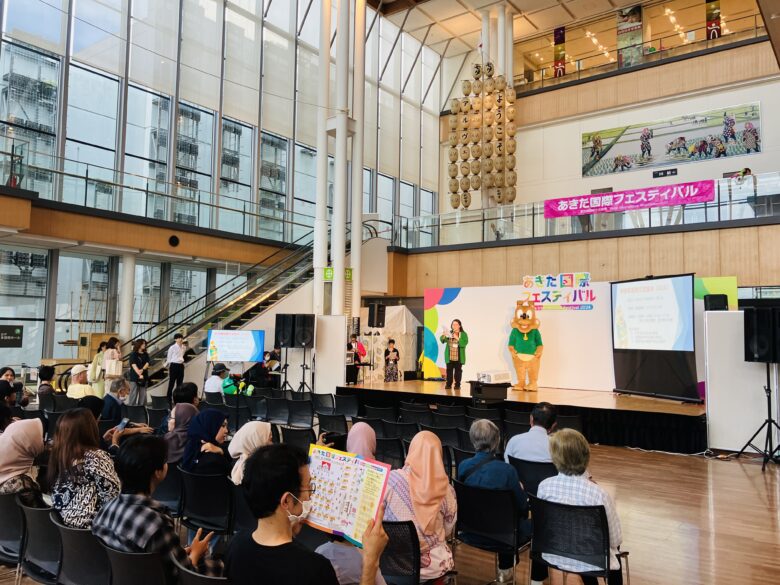
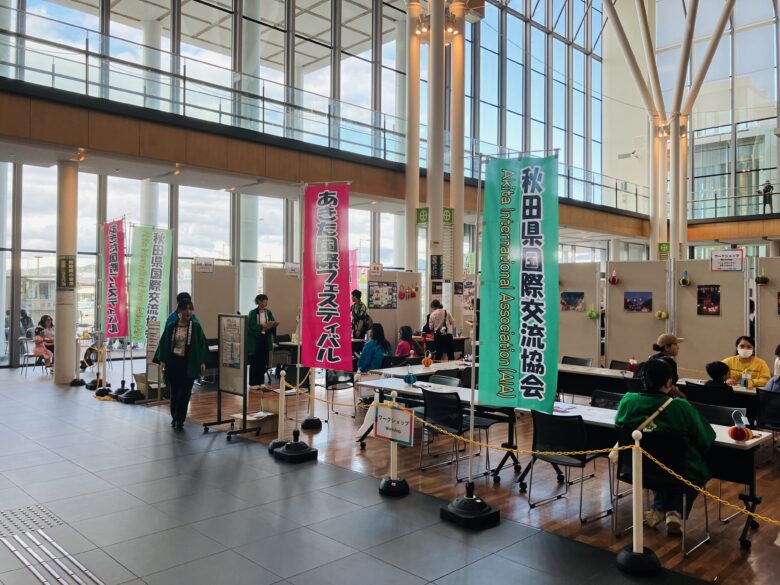
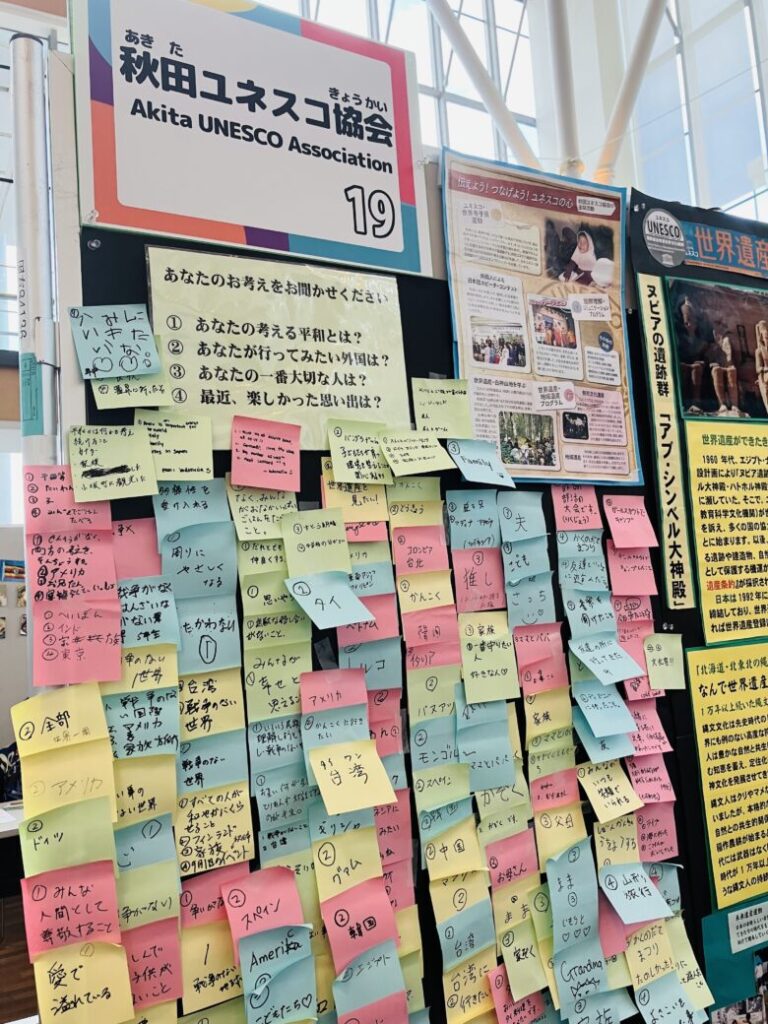
【English】
Cleanup at Katsuhira Beach and the Akita International Festival
I live in the Araya-Katsuhira area, which is located on the right bank of the Omono River. Although it’s not an urban area, it has a coastline. The coastline stretching from the right bank of the Omono River is a familiar place for residents of Katsuhira, as it’s where we used to go for school picnics and explore as kids.
Recently, there was a cleanup event at the beach (people called it “Katsuhira Beach”). I joined the event, which wasn’t open to the public this time due to concerns about bear sightings. Only a few representatives from each neighborhood and group were invited by the Araya-Katsuhira District Promotion Association. Still, over 30 people gathered, and in about an hour, we collected around 100 bags of trash.
Before starting, we set off firecrackers to scare away any potential bears. Although the 40cm bear spotted earlier in the Katsuhira area hasn’t been caught yet, we remain cautious as it may return. Safety measures are important for outdoor events like this.
One thing I noticed during the cleanup was that the trash was mostly clustered near the ocean, and a lot of it consisted of small brown bottles used for energy drinks. Since the labels were made of paper, I couldn’t identify the brands, but the bottles were made of glass, so the bags got pretty heavy. We also found many plastic bottles, which didn’t break down from sunlight or sea air, showing how tough they are against the elements.
After that, I went to the Akita International Festival at Kirameki Plaza in ALVE, located at Akita Station’s east entrance.
There were booths from organizations like JICA, the Akita UNESCO Association, the JOCV Akita OB Association, and Banyan Tree. It felt like a yearly reunion, with many familiar faces, and it was a lot of fun.
Compared to 20 years ago, Akita now has a more diverse community of foreign residents. Akita ranks last in both inbound tourism in Tohoku and the number of foreign residents nationwide. It’s unclear if it’s because it’s hard to live here or if the lack of workplaces and universities makes it less attractive. However, in a positive light, I’d say Akita has a lot of potential for growth!
【Español】
Limpieza en la Playa de Katsuhira y el Festival Internacional de Akita
Vivo en la zona de Araya-Katsuhira, que está ubicada en la margen derecha del río Omono. Aunque no es una zona urbana, tiene una línea costera. La costa que se extiende desde la margen derecha del río Omono es un lugar familiar para los residentes de Katsuhira, ya que solíamos ir de picnic escolar y explorar cuando éramos niños.
Recientemente, hubo un evento de limpieza en la playa (la gente la llamaba “Playa Katsuhira”). Me uní al evento, que esta vez no estuvo abierto al público debido a la preocupación por la aparición de osos. Solo algunos representantes de cada barrio y grupo fueron invitados por la Asociación de Promoción del Distrito de Araya-Katsuhira. Aun así, más de 30 personas se reunieron y en aproximadamente una hora recogimos alrededor de 100 bolsas de basura.
Antes de comenzar, detonamos petardos varias veces para ahuyentar a cualquier oso potencial. Aunque el oso de 40 cm visto anteriormente en la zona de Katsuhira aún no ha sido capturado, seguimos siendo cautelosos, ya que podría regresar. Las medidas de seguridad son importantes para eventos al aire libre como este.
Una cosa que noté durante la limpieza fue que la basura se acumulaba principalmente cerca del océano, y gran parte de ella consistía en pequeñas botellas marrones utilizadas para bebidas energéticas. Como las etiquetas eran de papel, no pude identificar las marcas, pero las botellas eran de vidrio, lo que hacía que las bolsas se volvieran bastante pesadas. También encontramos muchas botellas de plástico, que no se descomponen con el sol ni el aire del mar, lo que demuestra lo resistentes que son a los elementos.
Después de eso, fui al Festival Internacional de Akita en la Plaza Kirameki en ALVE, ubicada en la entrada este de la estación de Akita.
Había puestos de organizaciones como JICA, la Asociación UNESCO de Akita, la Asociación OB del JOCV de Akita y Banyan Tree. Se sentía como una reunión anual, con muchas caras conocidas, y fue muy divertido.
En comparación con hace 20 años, Akita ahora tiene una comunidad más diversa de residentes extranjeros. Akita ocupa el último lugar tanto en turismo entrante en Tohoku como en el número de residentes extranjeros a nivel nacional. No está claro si es porque es difícil vivir aquí o porque la falta de lugares de trabajo y universidades lo hace menos atractivo. Sin embargo, en un aspecto positivo, ¡diría que Akita tiene mucho potencial para crecer!

